Article
Provisional implant prostheses are recommended for use in the aesthetic zone to develop the optimal soft tissue emergence profile. A randomized controlled clinical trial compared aesthetic outcomes of implant supported crowns with and without the use of provisional crowns. It was found that provisionalization significantly improved the final aesthetic outcome using objective measures for both the peri-implant mucosa and implant-supported crown.1 Once the clinician is satisfied with the soft tissue aesthetics achieved with the provisional restoration, the definitive impression should be taken with the aim of reproducing the desired soft tissue emergence profile created. Conventional implant impressions are not able to capture the moulded soft tissue because the tissues are at risk of collapse during the impression-taking stage, which can result in an under-contoured definitive restoration. One published technique that aims to prevent soft tissue collapse, involves removal of the provisional prosthesis, placement of the impression coping intra-orally and immediate placement of flowable composite into the peri-implant crevicular space.2 While this is likely to be better than a standard impression coping, there is still risk of soft tissue collapse owing to the time taken to remove the crown, seat the impression post, and place the flowable composite. The use of a custom impression coping captures the true soft tissue emergence profile achieved by the provisional restoration. This Technique Tip describes a novel modification to the existing technique.
The existing technique for construction of a custom impression coping was first introduced by Hinds et al in 1997.3 The technique involves removal of the provisional prosthesis and attaching it to the laboratory analogue. The provisional and analogue are then placed into bite registration material, usually held in an analogue holder or modified dappens dish. Once set, the provisional is then removed from the analogue and the impression coping is attached. The gap between the impression coping and bite registration material is filled with flowable composite. The customized impression coping is then removed, and excess is trimmed to allow clearance against the adjacent teeth. The impression is then taken using the conventional implant impression technique. The disadvantages of this are the risk of rotation of the analogue prior to seating of the impression post and the impracticality of its use for multiple unit restorations.
A new technique for customized impression copings is proposed that uses the master cast for the provisional restoration and the customized provisional restoration to create a new soft tissue mask that can be used to make the customized coping. This can be used for single or multiple unit restorations.
A modification of the existing technique is described:
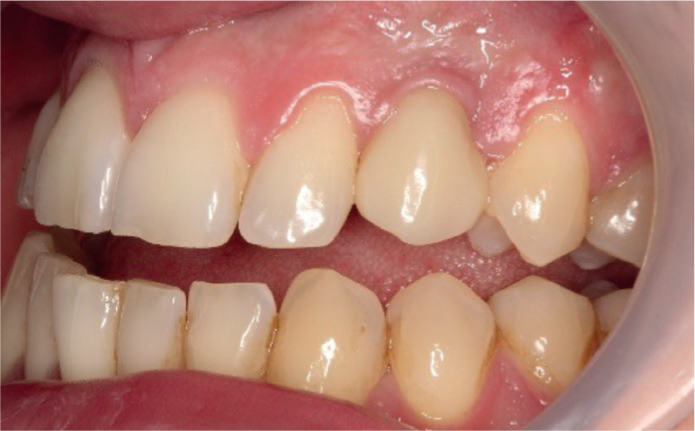
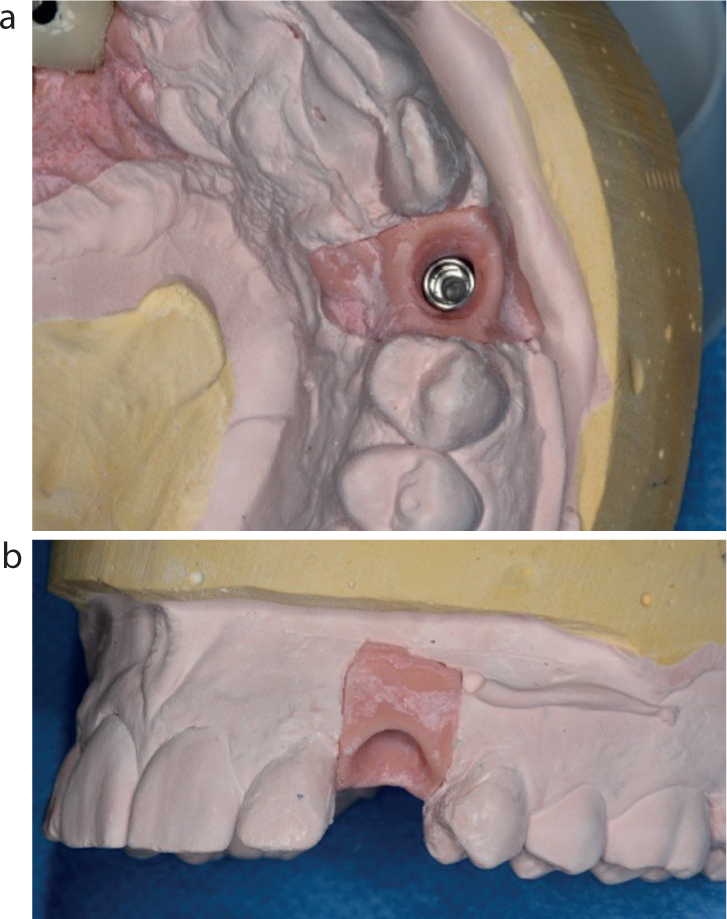
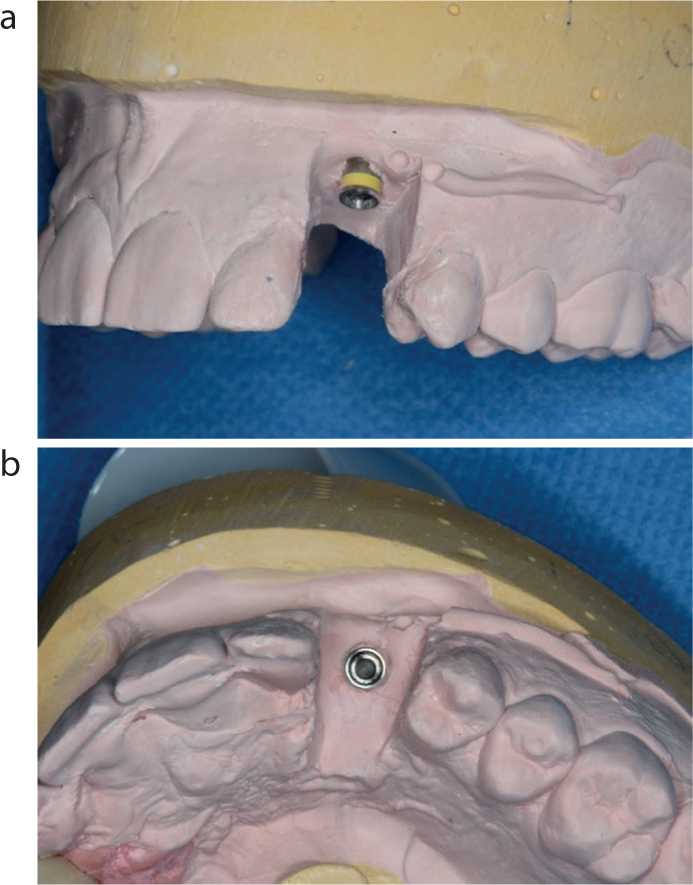

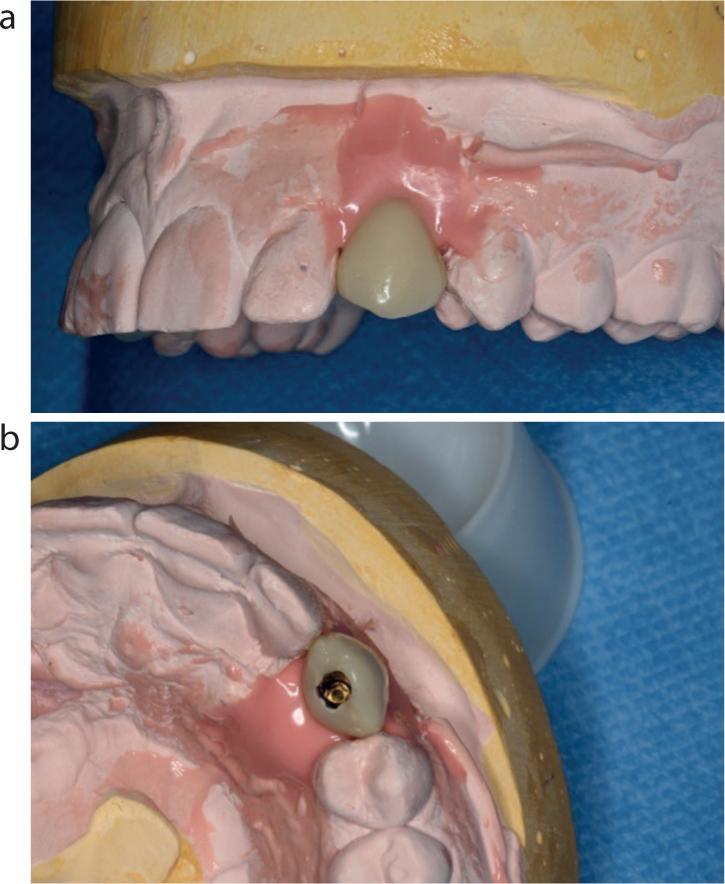

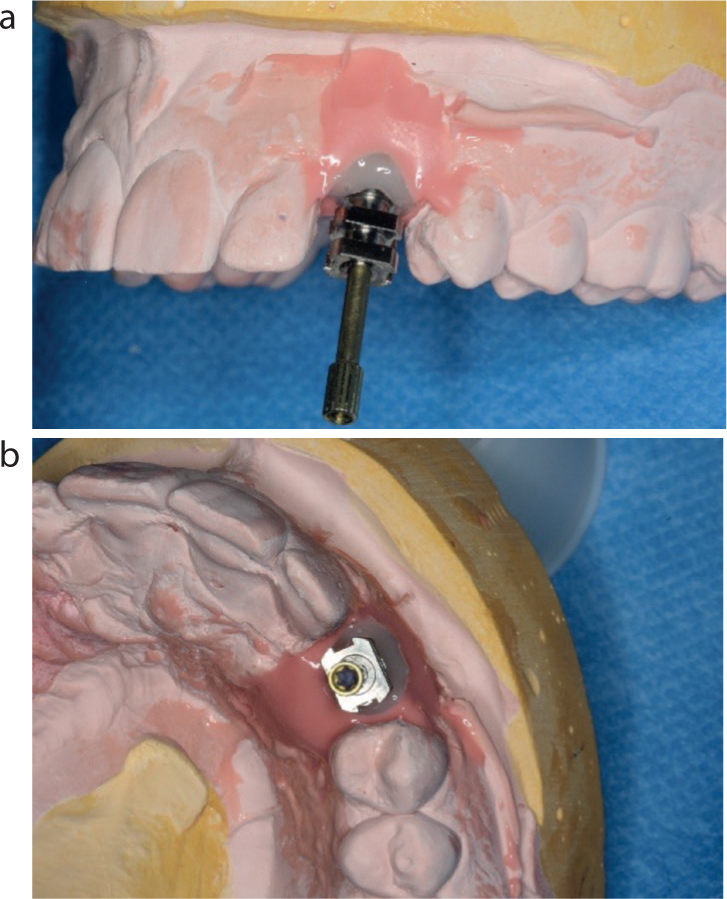
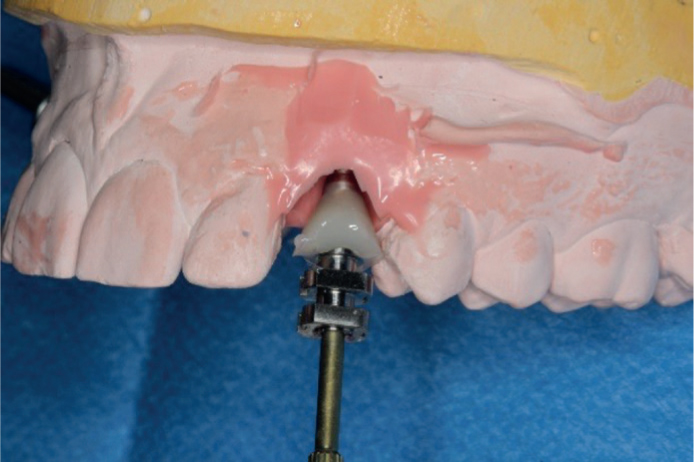

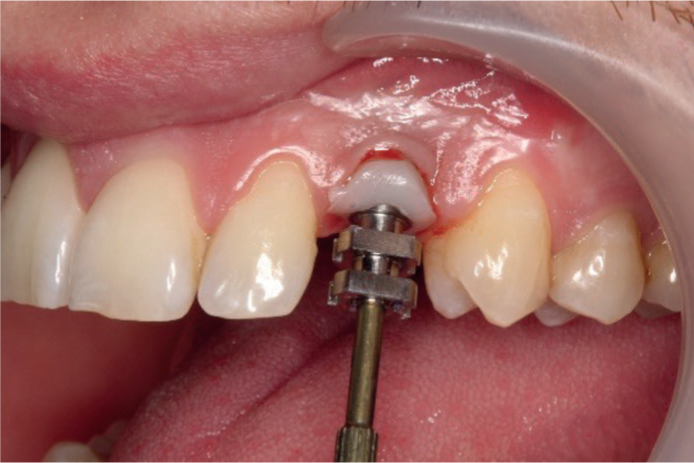


The provisional cast technique for customized impression copings is predictable and simple, and overcomes some of the challenges with previously advocated techniques.
Theoretically, this technique could be used to establish a new gingival soft tissue mask on the provisional master cast upon which a definitive crown could be made without further need for a further impression.4 This is not a practical technique, however, because it is very technique sensitive to trim and adjust the gingival contours of the new soft tissue mask to the proposed gingival zenith and papilla height. The authors consider that an impression would much more accurately record this information and communicate it to the dental laboratory. Additionally, during the provisionalization phase, contours of adjacent teeth are often adjusted or restorations replaced necessitating the need for a new impression.

